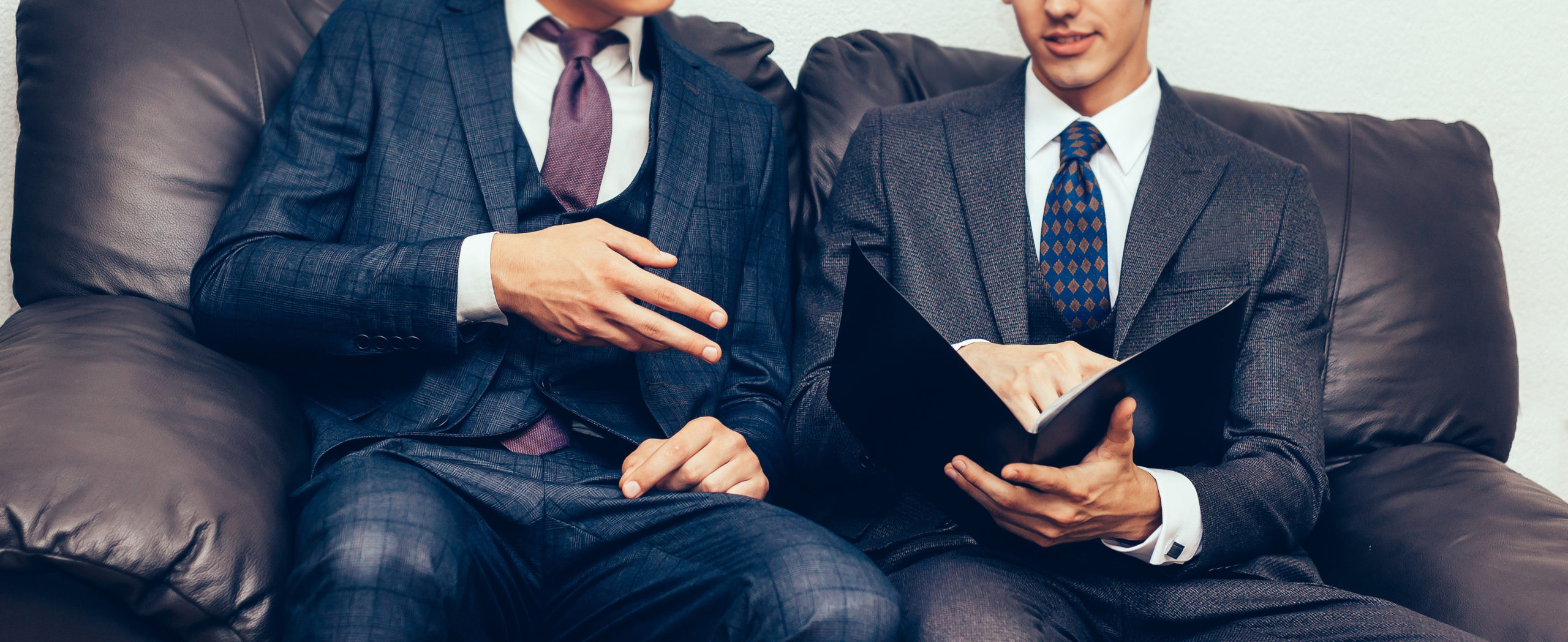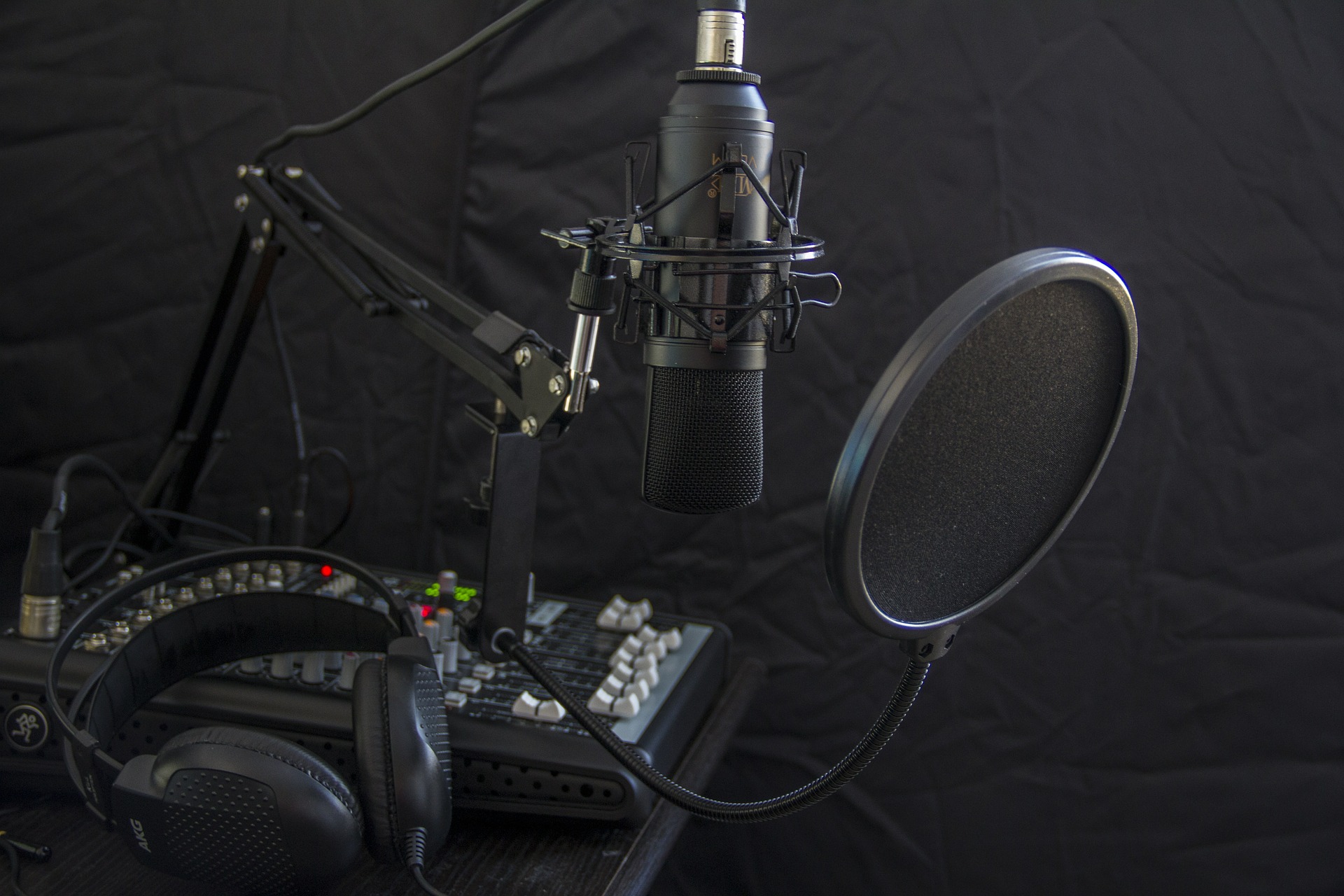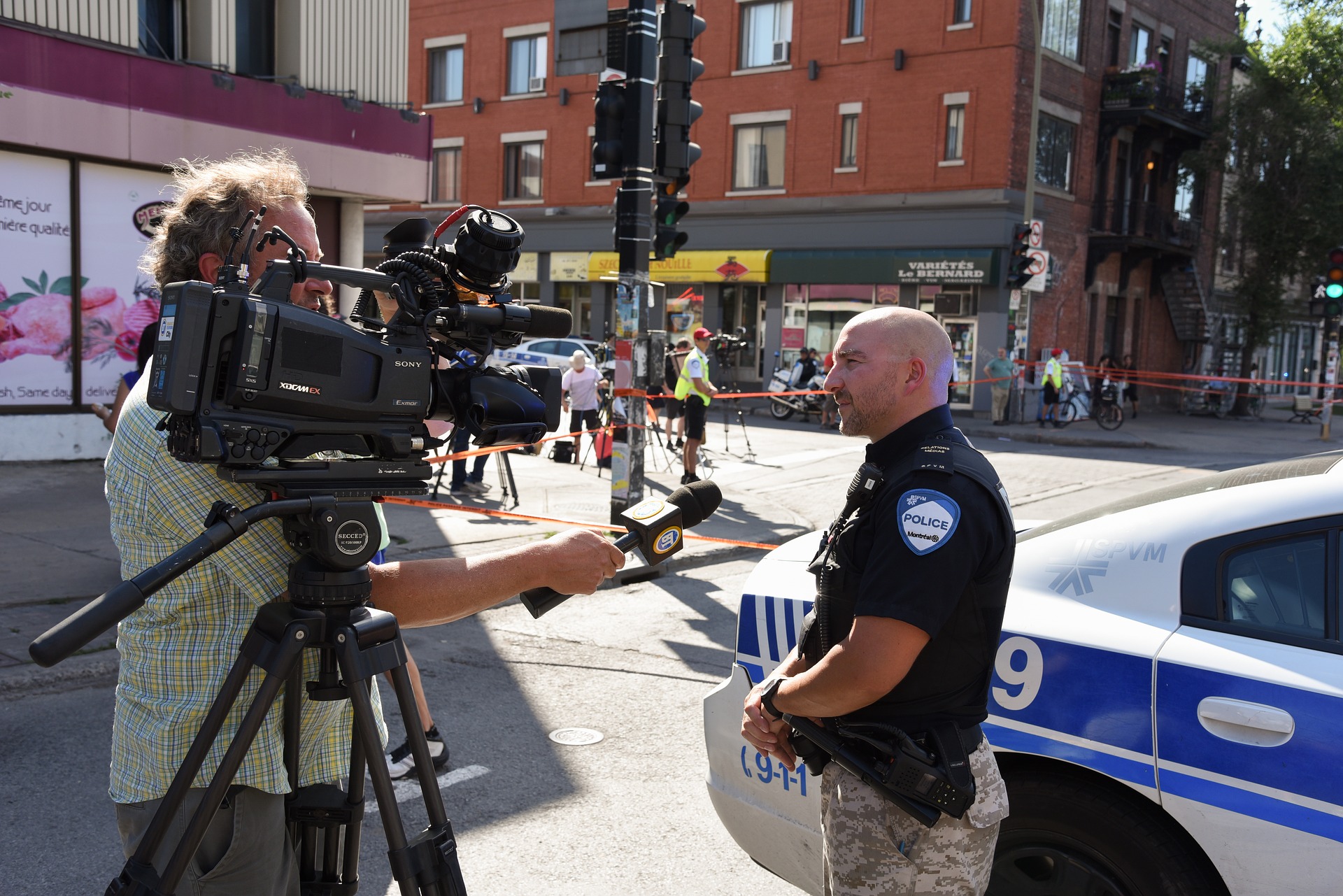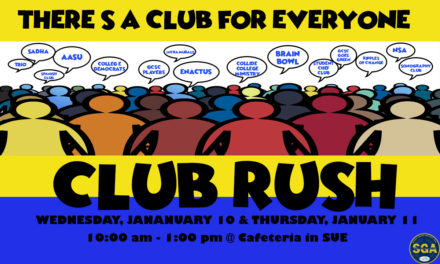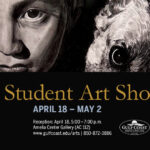Warm Up Interview
Last week we discussed audio, so it is only right to follow up with how to successfully complete interviews. First and foremost, when you are producing an interview piece you must be sure your talent is comfortable! Going over the questions and allowing your talent to practice ahead of time will save you time in the long run. You want to have your talent confident and cozy. This is so that you do not have to do any extra shooting or recording. As the interviewer, you want to be to the point about what you want from your interviewee. That way you both can be happy with the results.
Test your Audio
Testing your audio is one of your highest priorities aside from connecting with your talent. Start recording audio before the video because you never know what you might wanna use over your B-roll footage. It is best to use a lavalier mic as well as a boom mic. This way you will have a backup. The lavalier mic will create a clean sound that is great for interviews. You never know what great content you can get from your subject while you are not recording video. Test your mics and your headphones just to be safe and not sorry.
Interview Tips
We will discuss a few things you can do to help your talent with the interview. One of those tips is to use hints in your questions. Leading questions are great but be sure to keep it positive and don’t put too much pressure on your interviewee. You do not want their bit to sound forced or shakey. Going into the interview with well-thought-out questions and key points will keep you from wasting time in your production. Another tip is to let the talent’s hands roam free. This shows expression and looks great on-screen. For more tips check out the link below:
How to Film an Interview
Now that we’ve gone over the audio part of interview productions, let’s jump into the filming aspect! Framing your subjects is a big deal and requires the rule of thirds. Typically you will see in documentaries that the 2 main shots used for interviews are medium shots and Close-ups. Lighting is another key factor you must think about as well. Depending on the mood of the piece, lighting can make or break the production. Know exactly what you want and execute. If you are wanting the interviewer and the interviewee in the same scene then going with a wide shot would be best. You can do the back and forth from each subject as well using the method I stated earlier. Lastly, having your talent not stare directly at the camera lens helps make the audience more comfortable.
ABOUT THE AUTHOR
Shelby Bercegeay
Student Author - Spring 2021
I am a Digital Media Production Major. I am skilled in Adobe Audition, Adobe Premiere, and Adobe After Effects. I enjoy graphic design and creating my own music with Ableton Live Push. I am a local DJ who also does videography and audio recording. I enjoy doing live sports broadcasts. I am a fast learner and I enjoy learning new skills.

